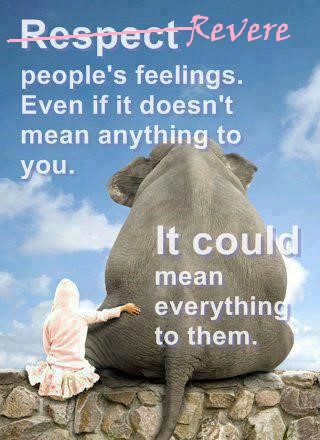Garbage In, Garbage Out
Garbage In, Garbage Out
When thoughtfully polished directions landed in the hands of a stressed out colleague, his stress rubbed off on the project, bringing everyone else down with him. With the deadline approaching and the project riddled with mistakes, the team was in utter chaos and busy shifting blame to protect their own jobs. Millions were lost in revenue from dropping the ball on this project.
Remember that first fallen domino? Had anyone cared to ask that colleague why he was stressed? What signal did he send out that suggested something might be wrong? This was an all-star professional. Recently, however, he was busy taking his dying aunt to appointments for chemotherapy.
Somehow, we’ve come to believe that we work with robots. The reality is far from that.
I used to have a poster at my desk which looked something like this:

What a wonderful reminder! The only thing I would change about this poster is elevate “Respect” to “REVERE.”
I don’t believe this is a cop-out. I believe it’s the truth. All humans deserve reverence (ESPECIALLY if they’re not all-star professionals). We thrive when we heed the truth, but break when we don’t.
The first domino wasn’t the stressed-out colleague. The first domino was lack of sensitivity to the sonder of another human being. If someone had sensed trouble, they would’ve done something differently.
Everyday I make a point to flex my empathy muscle to make it stronger. Work offers so many opportunities to practice, I just need to remember to do it–hence the poster as a reminder.
Garbage In, Garbage Out Read More »
